- This is the first car from Pininfarina itself in its 90-plus year history.
- The Battista uses an all-electric powertrain supplied by Croatian automaker Rimac.
- Its four-motor setup offers nearly 1,900 horsepower and wild torque vectoring.
What It's Like to Drive the 1,900-HP Pininfarina Battista Electric Hypercar
It dances like you wouldn't believe
It might not be a household name, but those that are aware of Pininfarina know just how important and influential the Italian design house and coachbuilder has been in the automotive world. For decades, the storied designers at Pininfarina have penned sheetmetal for fellow Italians Ferrari, Alfa Romeo, Maserati, Lancia and Fiat as well as automakers like Peugeot and Cadillac.
After more than 90 years of designing and crafting cars for other companies, Pininfarina is releasing its own self-named effort with the all-new, all-electric 2022 Pininfarinia Battista. That said, Pininfarina's automotive division operates independently from the design house, and the latter will still continue to work with other automakers on designs. In more simple terms, you'll continue to see Pininfarina badges on both its own cars and vehicles from companies like Ferrari. We had a chance to get behind the wheel of this nearly 1,900-horsepower two-seater for an afternoon driving on the twisty roads of the Santa Monica Mountains and relaxed coast of scenic Malibu, California.
Am I Ready for an EV?
- EV ownership works best if you can charge at home (240V outlet)
- Adding a home charging system is estimated to cost $1,616 in
- Edmunds is partnering with Treehouse, an independent provider of home EV installation services. Learn more about the installation services partnership
What is the Battista?
The Battista — so named after the company's founder Battista Farina — is a car that defies a clear categorization. Pininfarina calls it a hyper GT, but that's not quite right. Though it is available with a very handsome set of bespoke luggage (designed to fit perfectly under a glass panel just behind the cabin) and the cabin is very nicely appointed, it's also a bit small for two people to pack without leaving a few items of clothing at home. Thus, its usefulness as a grand tourer is limited. Instead, let's just call it what it is: a loony electric coupe that's here to reset your standard of what street-legal performance can be.
The Battista is powered by a 120-kWh battery pack that sends power to four electric motors, one mounted at each wheel. The powertrain is supplied by Croatian automaker Rimac and used in that company's own all-electric performance car, the Nevera. A rolling chassis is built in Croatia and then sent to Italy for the rest of assembly. In the Pininfarina, the powertrain's peak output is 1,874 horsepower and 1,726 lb-ft of torque. Pininfarina says the Battista can go from 0 to 60 mph in under 2 seconds and has a top speed of 217 mph. Additionally, it has an estimated all-electric range of about 300 miles. If any Battista owners are willing, we'd love to verify that in Edmunds' real-world EV range testing.
The Battista's body is crafted from aluminum and carbon fiber. While we wouldn't call it as beautiful as some past Pininfarina designs like the Ferrari Daytona or Alfa Romeo Spider, the design is distinctly Italian and very Ferrari in feel. There are fewer intakes than on a Ferrari as you don't need to feed air into an engine, and the only active aero is the rear wing. You can see how the air is channeled over and around the car. The greenhouse is narrow, and there's no rear window. The butterfly doors open up and forward like a McLaren and only enhance the car's already exotic appeal.
Getting in and out is pretty easy, though the cabin is set somewhat in from the edge of the car. Just about every surface inside the car is covered with leather, and those that aren't are either metal or carbon fiber. The seat is sporty and bolstered but comfortable enough that you won't feel claustrophobic. This is an extremely driver-focused cabin. The steering wheel is flanked by two screens that house most major controls, from the climate control to the navigation to the seat adjustments. There's a smaller screen dead center for the most pertinent information, like speed and charge.
Just below and to the right and left of the steering wheel are two large dials. On the right is the shifter, while the left dial switches the drive mode between one of five settings: Carattere, Calma, Pura, Energica and Furiosa. Carattere is the custom mode where you can adjust individual settings. Calma can be thought of as an Eco mode. It limits peak power and uses a more compliant suspension setup. Pura increases output but still uses a softer suspension setting. Energica and Furiosa both up the ante, with the latter engaging the most aggressive suspension, steering and output setup.
How does it drive?
Calma and Pura offer a pretty relaxed feel. Because the car limits power in those modes, it doesn't feel nervous or overly sensitive. Like Edmunds' long-term Shelby GT500, the Battista actually feels pretty cool and collected until you really lay into it. You could easily drive it around town and not worry about blasting past the speed limit with every tip of the throttle. That said, we didn't drive like that for very long. On our limited test drive, why waste time in the pedestrian settings in a car like this?
As you might expect, we had a blast in the Energica and Furiosa modes. Give the knob a turn and you instantly feel everything on the car tighten up. The throttle is a little more responsive and the steering feels a little heavier. The ride is stiff but not punishing, so props to Pininfarina for nailing the GT feel in terms of ride quality. Yes, you feel bumps and imperfections, but we wouldn't hesitate to test the car's 300-mile electric range all in one go. Of course, driving like we could go 300 miles requires more delicate driving than we could stand in our time behind the wheel.
Fully uncorked, the Battista moves like you wouldn't believe. Power is fierce and supplied with such an immediacy that it almost takes your breath away. More than that is the wiggle you feel in your butt and the flash of the traction control light as the Michelin Pilot Sport Cup 2 summer tires fight for traction. (Even stickier Pilot Sport Cup 2 R tires are available.) It's not unnerving, but it's not exactly calming either. On public roads, you literally cannot lay on the throttle for more than a few seconds at a time. It's less a matter of top speed as it is the acceleration itself. Lengths of pavement that feel like the Mulsanne straight in other cars feel far too short in the Battista. You slow because you've already arrived at the next corner, not just because you're going too fast.
There's a seemingly endless amount of potential energy on tap under your right foot, and the way it's delivered feels more like a naturally aspirated engine than an EV. Power builds and builds rather than falling off at higher speeds like in most EVs. The lack of a transmission means it's absolutely seamless too. Even the best dual-clutch transmissions can't deliver power this well. You feel the speed in your gut. You subconsciously prepare for it by leaning back in the seat and gripping the wheel tighter and it's still not quite enough. The raw off-the-line numbers compare favorably with a modern Formula 1 car, and that's not hyperbole.
But as anyone who has driven a Charger or Challenger Hellcat can attest, it's not just about the amount of power on tap, but how good the car can put that power down to the road. The positive effect the four-motor setup has on handling cannot be overstated. Because each motor is controlled completely independently from the rest, the level of precision when it comes to torque vectoring is simply unparalleled. In basic terms, torque vectoring is controlling how much power is sent to each wheel. A good system can make a car feel more nimble and improve overall traction. The independent control of the electric motors allows the Battista to maximize the torque vectoring system's precision.
This is a big, heavy car, but it doesn't feel like it in a corner. We didn't get an exact weight but were told it was over 4,000 pounds. For comparison's sake, a 2020 Lamborghini Huracan Evo AWD tipped our scales at a little over 3,600 pounds. While there's not an engine behind you, the shape of the battery means overall balance is similar to a mid-engine car like the Huracan or Ferrari F8. The steering has some weight to it but doesn't feel overly heavy. It's not telepathic, but feedback and road feel through the steering wheel are pretty good, too.
The torque vectoring feels fantastic, and the Battista feels tight and controlled through corners. There's so much left on the table on public roads that it's hard to get a sense of what the car is really capable of at the limit. As it stands, you just want to keep pushing because the car keeps sticking. It's going to be very interesting when smaller, more affordable sports cars start using four-motor setups like the Battista because it really does transform how the car handles.
So what's all this cost?
A cool $2.2 million, at least to start with. We weren't given any exact figures, but Pininfarina said most customers are spending much, much more after personalizing and tailoring the car to their specifications. Pininfarinia is only building 150 Battistas, and if you place an order now, the company says it will take six to nine months to build. There's an extensive customization process to work through, but Pininfarina only has the capability to build two to four cars a month. It expects to take about three years to go through the whole run.
Edmunds says
While Pininfarina is positioning the Battista as an uber-exclusive halo car, it doesn't seem like this will be the only car the company will be building. It was mum on details, but if you read between the lines it looks a lot like something with four doors might be in the works. Don't rule out an all-electric Italian SUV.


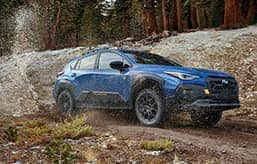
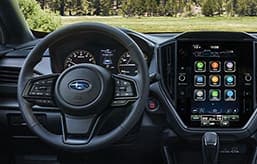

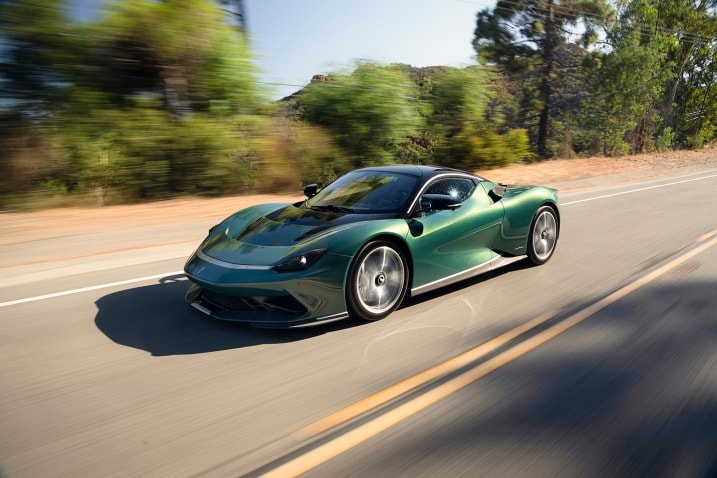
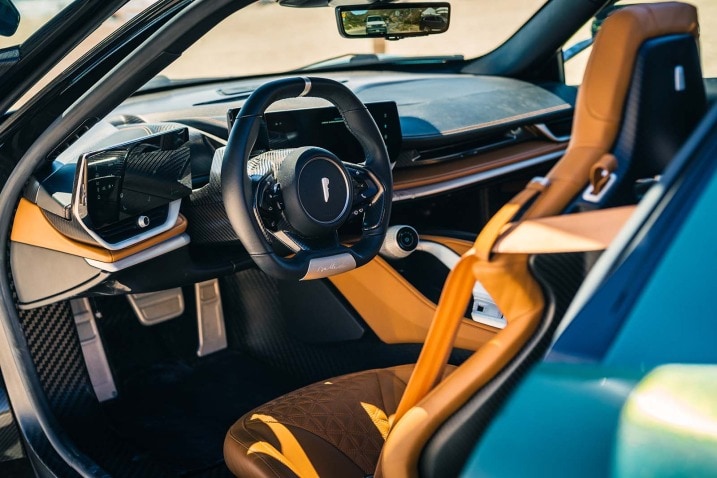
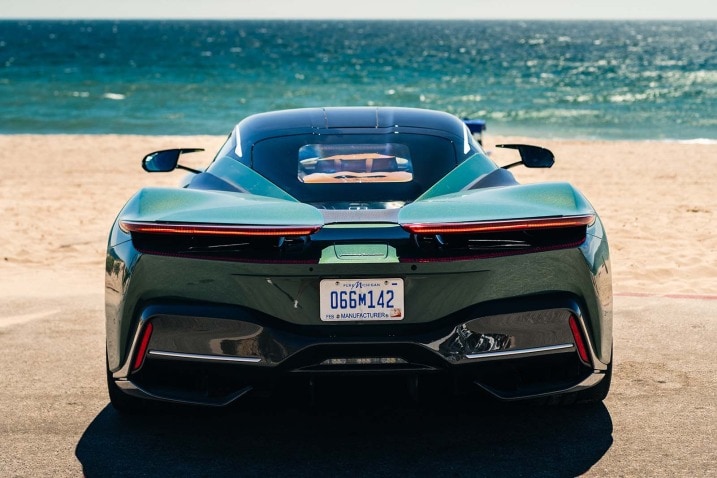
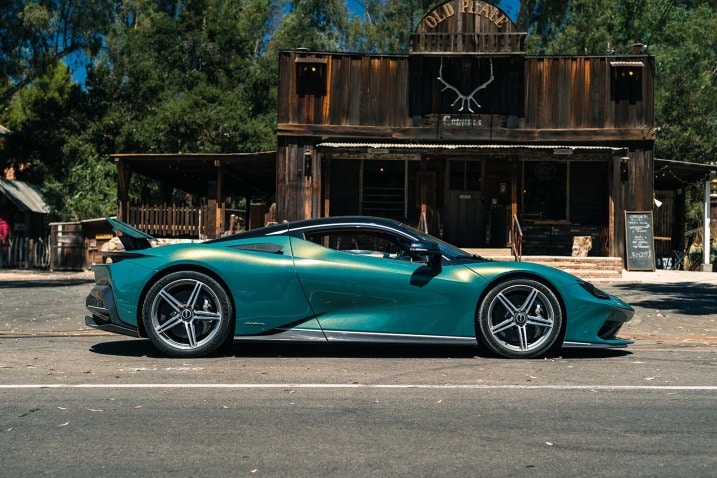
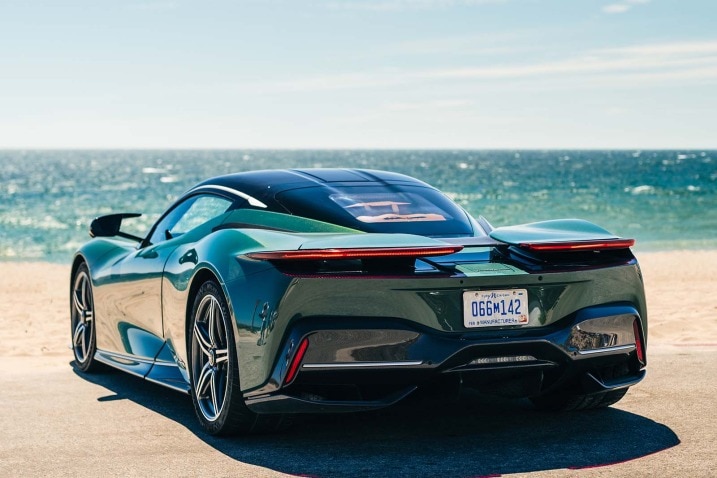
 by
by